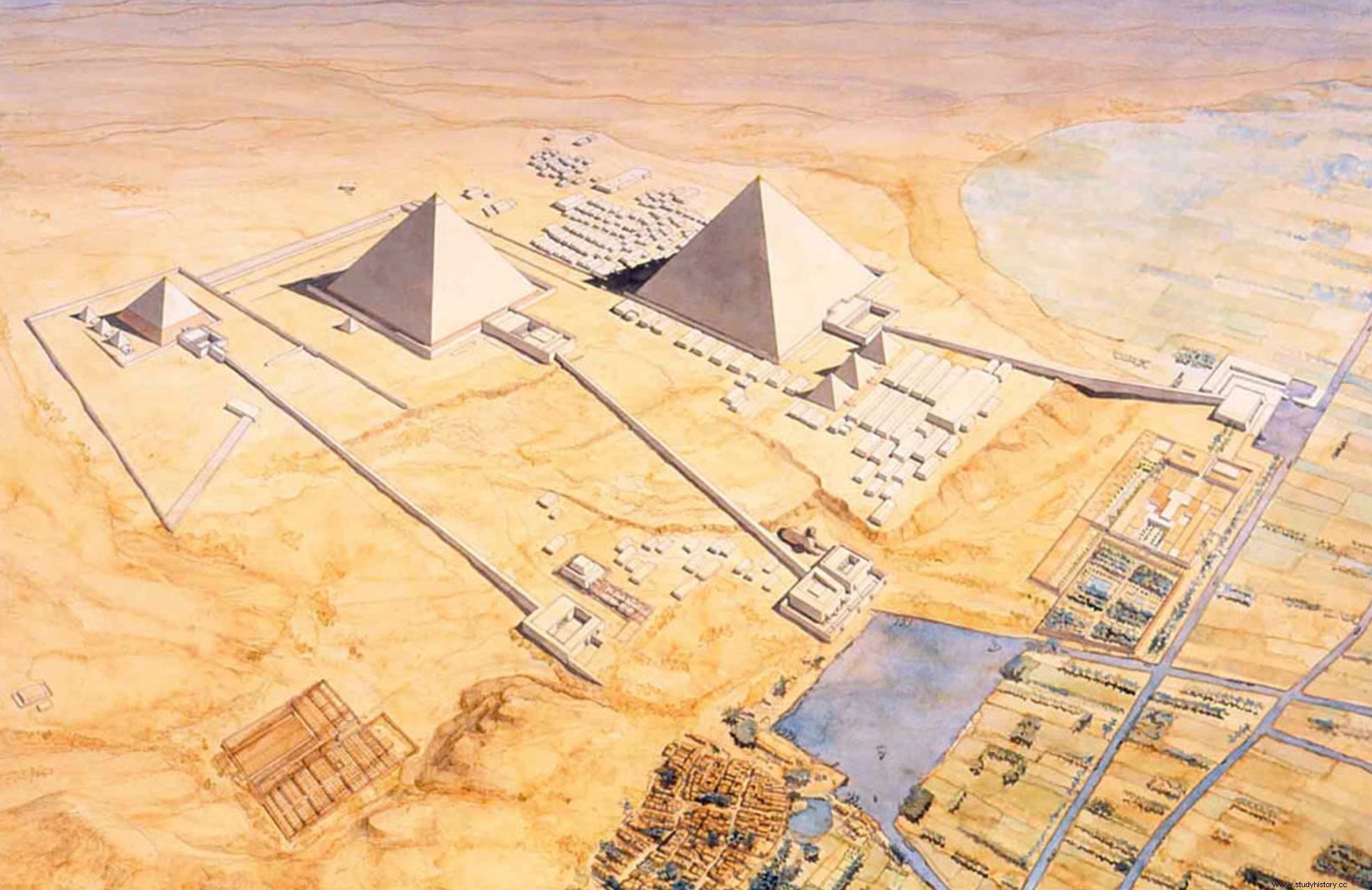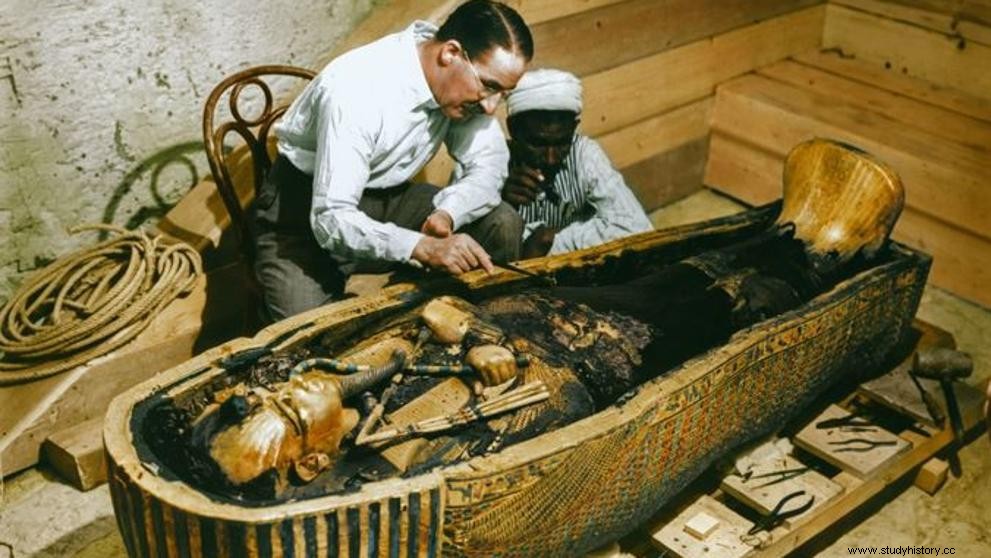If we think of Egypt, images of colossal monuments and pyramids most likely come to our minds that have made the world give explanations about their construction that are more bordering on fiction than reality. The truth is that the function of the pyramids was none other than the journey of the pharaoh through its chambers towards the stars, towards the kings of the past. The pyramid faced north to facilitate the arrival of the recently deceased sovereign to the domain of the Sun god. The entrances that we see today in the pyramids, therefore, were nothing more than exits.

Its gigantic size emulated the first piece of land that in the myth of creation it arose in front of the water; it intended to mark the landscape, emerge from the desert sea. But in that sea they were also a beacon for raiders and grave robbers. From the 18th dynasty (1500 BC), the royal burials changed and began to be built underground in a hidden desert valley:Deir el-Bahari, the Valley of the Kings . Starting from the 20th dynasty, the looting of these places became commonplace and the priests and high officials began to carry out inspections and reports in which the state of the tombs was mentioned.
MUMMIES LOOTING
The riches of the tombs not only attracted simple thieves or bandits but also authentic professional looters that, on occasions, they bribed state personnel who had collaborated in the construction of the tomb. The pharaohs themselves also looted some to recycle the coffins, a common episode between members of the same family. Even so, the Valley of the Kings was little by little being forgotten in time until its “rediscovery”. Before the official fact in 1881, the place had already been found by a family from Luxor. The Antiquities Service noticed that a series of objects were appearing on the market with an unknown origin and began to investigate the case. The Abd el-Rassul family confessed and directed the authorities to the door of their find. Although there is a wide debate about the circumstances in which the Valley of the Kings was discovered, Mohammed claimed that it happened when he was looking for one of his goats, which fell into a nearby well. Whatever the truth, it is suspicious that in all versions, almost 3,000 years after its original closure, the entrance was free of debris.

In reality, the passion for Egypt had been unleashed already in the 19th century. Je tiens l’affaire! exclaimed Champollion after deciphering the Rosetta stone in 1822. The young archeology was then based on the almost brutal excavation of the sites in search of the object without stopping to listen to its history. The rise of the Ottoman Mehmet Ali to the government of Egypt and his desire to please internationally made Egypt a paradise for European museums and private collectors. The Egyptian relics ended up in the windows of the British Museum, the Louvre or the Turin museum, and being the center of the cabinets of curiosities exhibited at collectors' parties, whose tickets sold out quickly and in which the mummies played a leading role. . Sometimes, they consisted of freeing the mummy from all her bandages. With the help of doctors and surgeons, they were dissected before the attentive gaze of the public. Surgeon and antiquarian Thomas “Mummy” Pettigrew he became known in London for his dissections. In his monograph History of Egyptian mummies he claimed that mummies were the new drug sold by apothecaries.
Egypt has never been free from looting and plundering, wars, mafias and colonial domination have taken care of it. But Ancient Egypt, witness to the African past, stands proudly looking at the stars, towards the great kings of the past.
